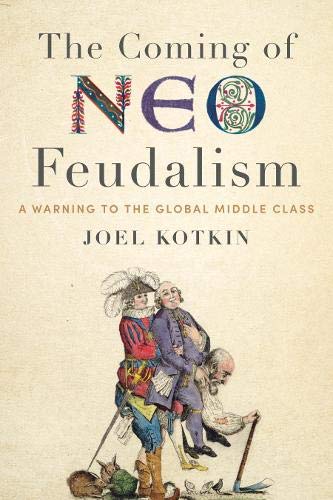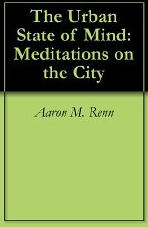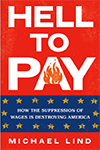More than a quarter century ago, Joel Garreau’s classic Edge City; Life on the New Frontier described the rise of commercial centers outside the historic downtowns (central business districts or CBDs). read more »
Transportation
Revealed Preferences: The 30-Minute Commute
The principal reason that large cities have developed is that they provide large labor (and housing) markets. A labor market is also a housing market, since virtually all who work in the metropolitan area also live there. The metropolitan area is the one location where there is one-to-one balance between jobs and resident workers (see: Alain Bertaud, Order Without Design: How Markets Shape Cities). read more »
- Login to post comments
Costs Up, Ridership Down: 2018 National Transit Database
Taxpayers spent nearly $3.75 billion more subsidizing transit in 2018 than the year before, yet transit carried 215 million fewer riders, according to the latest data released by the Federal Transit Administration. The increase in spending didn't even translate to an increase in service, as transit agencies provided 44 million fewer vehicle miles of service in 2018. read more »
- Login to post comments
Distribution of Transit Work Trips: Urban Core vs. Suburbs and Exurbs
Transit work trip ridership is strongly concentrated in the urban cores of the nation’s 53 major metropolitan areas (over 1,000,000 population), as is indicated by City Sector Model (Note). In the two urban core categories, the Urban Core: CBD and the Urban Core: Inner Ring, the share of total transit work trips is from four to six times the share of population (Figure 1) The percentage of transit commuters in the Urban Core: CBD was six times that of its overall metropolitan population share. read more »
- Login to post comments
California High-Speed Rail Leadership and Project Direction Being Challenged
The Assembly Transportation Committee High Speed Rail oversight hearing of Tuesday (11-12-2019) exposed a regional funding war.
The project’s leadership, Brian Kelly (CEO) and Board Chair Lenny Mendonca, are pushing the present “spend all existing funds in the Central Valley (CV) agenda”. Governor Newsom, who “flip/flops” with his position on HSR depending on the season of the year, right now does endorse Kelly’s leadership and the present plans. read more »
- Login to post comments
New WPC Study: Expanding Seattle's Transit-Heavy Approach Will Not Improve Region's Quality of Life
Washington Policy Center asked national transportation expert and urban policy analyst, Wendell Cox, to evaluate transportation planning in the Puget Sound region. Where do people choose to live, where do they choose to work, and how do they choose to travel? Does our regional transportation plan and subsequent spending by public officials reflect reality, or wishful thinking? These were just a few of the questions I had for him. read more »
- Login to post comments
Planning for an Unattainable Fantasy
Austin is one of the fastest-growing cities in America, and the city of Austin and Austin’s transit agency, Capital Metro, have a plan for dealing with all of the traffic that will be generated by that growth: assume that a third of the people who now drive alone to work will switch to transit, bicycling, walking, or telecommuting by 2039. That’s right up there with planning for dinner by assuming that food will magically appear on the table the same way it does in Hogwarts. read more »
- Login to post comments
Scapegoating Ride Hailing
Transit ridership in Chicago is declining. The city wants to tax ride-hailing companies such as Uber and Lyft and give some of the money to the Chicago Transit Authority (CTA). read more »
- Login to post comments
The Expanding and Dispersing San Francisco Bay Area
This decade has witnessed an unprecedented expansion of the Greater San Francisco Bay Area (the San Jose-San Francisco combined statistical area or CSA), with the addition of three Central Valley metropolitan areas, Stockton, Modesto and Merced. Over the same period, there has been both a drop in the population growth rate and a shift of growth to the Central Valley exurban metropolitan areas. read more »
- Login to post comments
Three Studies That Show Density Doesn't Determine Car Travel
Recent research sheds new light on the critical issue of the link between car travel and urban density. Conventional planning wisdom has it that increasing development density bestows benefits, most importantly that of reducing driving. This effect seems almost self-evident: more compaction, shorter distances, lower VMTs. Peter Newman and Jeffrey Kenworthy’s (1989) Cities and Automobile Dependence reinforced this intuitive assumption with their extensive and in-depth study (1986) which effectively sealed the case for thirty years. read more »
- Login to post comments





















